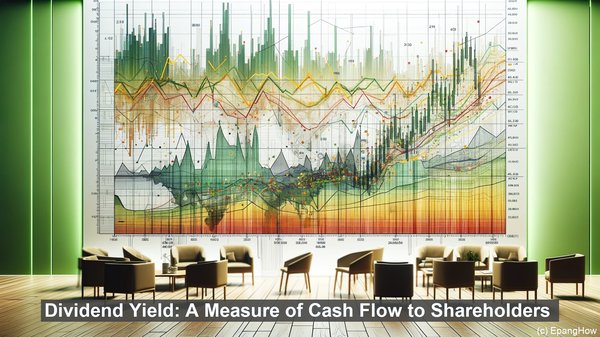Introduction: The Metrics That Matter
Hello and welcome! When it comes to assessing the financial health of a company, investors rely on a range of metrics. Two such metrics, dividend yield and earnings yield, often take center stage. While both provide valuable insights, they focus on different aspects of a company’s performance.
Dividend Yield: A Measure of Cash Flow to Shareholders
Dividend yield is a ratio that indicates the cash flow a company returns to its shareholders in the form of dividends. It is calculated by dividing the annual dividend per share by the stock’s current market price. For example, if a stock’s annual dividend per share is $2 and its market price is $50, the dividend yield would be 4% ($2 divided by $50). A higher dividend yield suggests a greater return on investment through dividends.
Earnings Yield: Assessing Profitability
On the other hand, earnings yield measures a company’s profitability. It is calculated by dividing the earnings per share (EPS) by the stock’s current market price. For instance, if a stock’s EPS is $5 and its market price is $100, the earnings yield would be 5% ($5 divided by $100). A higher earnings yield indicates that the company is generating more profit relative to its stock price.

Comparing Dividend Yield and Earnings Yield
While both dividend yield and earnings yield provide insights into a company’s financial performance, they serve different purposes. Dividend yield is particularly relevant for income-focused investors who prioritize regular cash flow. It indicates the return they can expect through dividends. On the other hand, earnings yield is crucial for investors focused on a company’s overall profitability. It helps assess the potential for long-term growth and capital appreciation.
The Significance of Context
It’s important to note that both dividend yield and earnings yield should not be considered in isolation. They are best understood in the context of the industry, market conditions, and the company’s overall financial health. A high dividend yield, for instance, may be attractive, but it could also indicate a company facing challenges or a declining stock price. Similarly, a high earnings yield may suggest profitability, but it’s essential to analyze the factors driving it.

